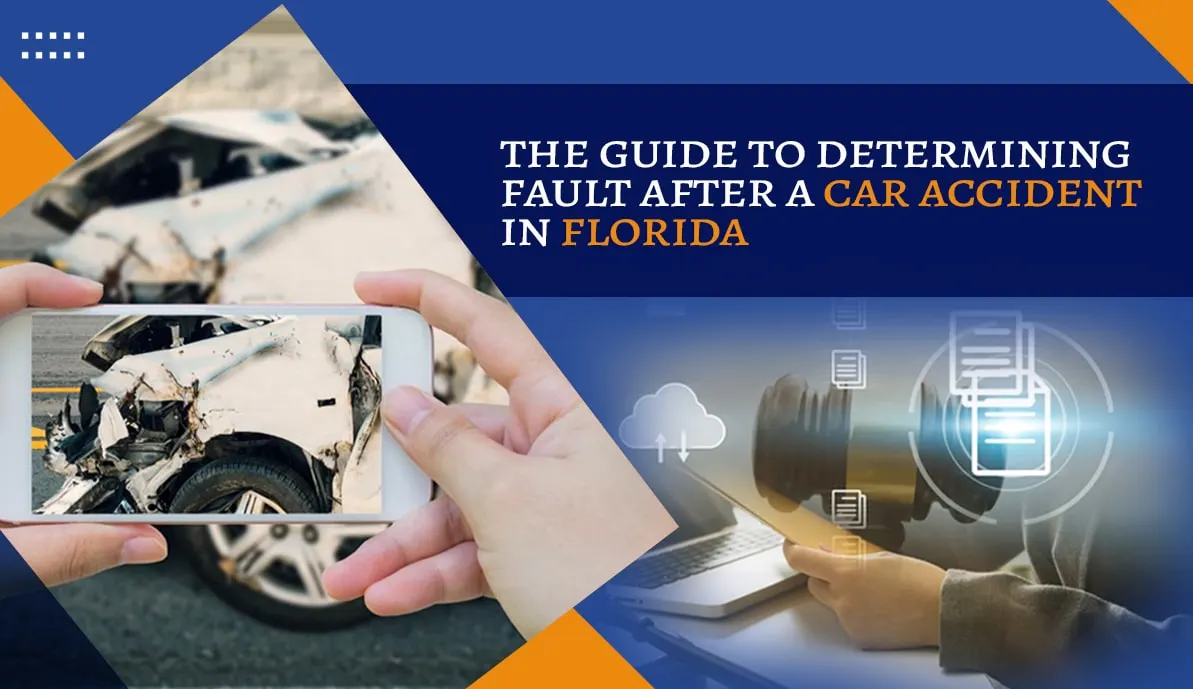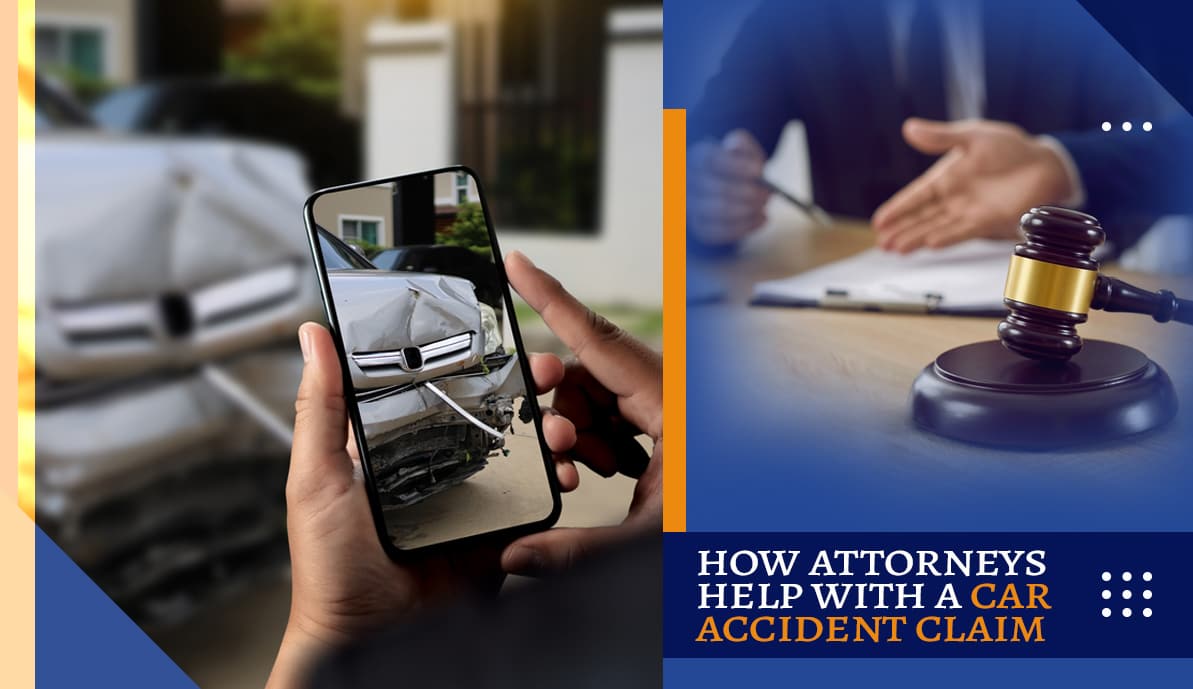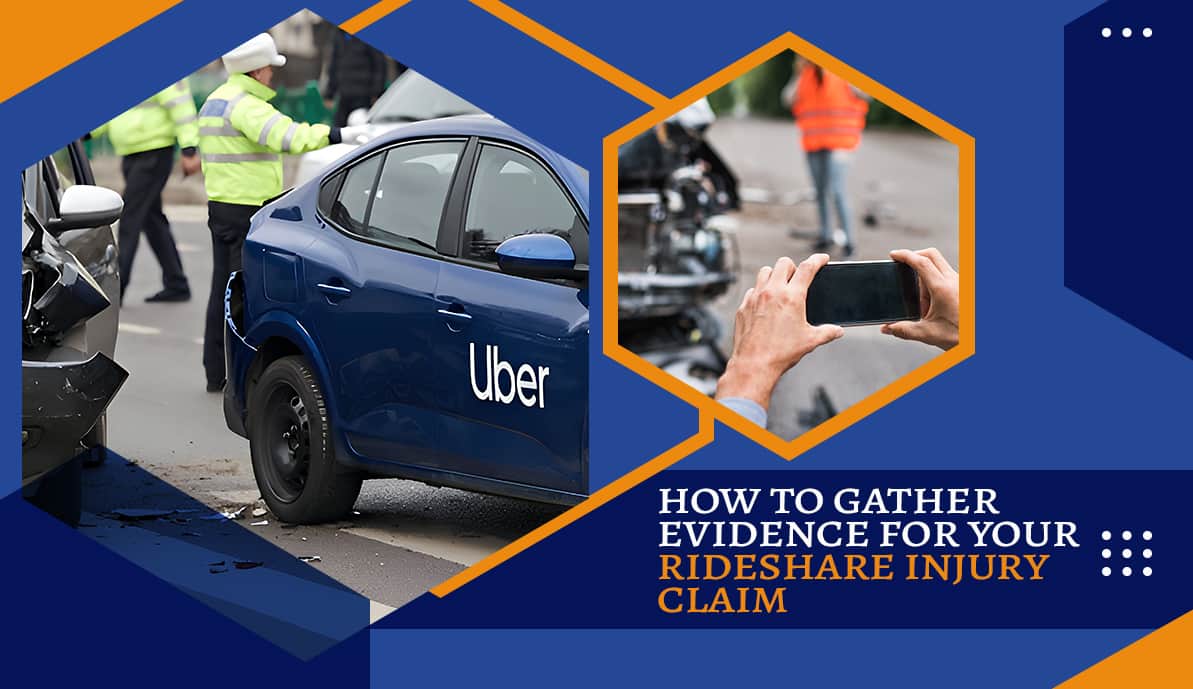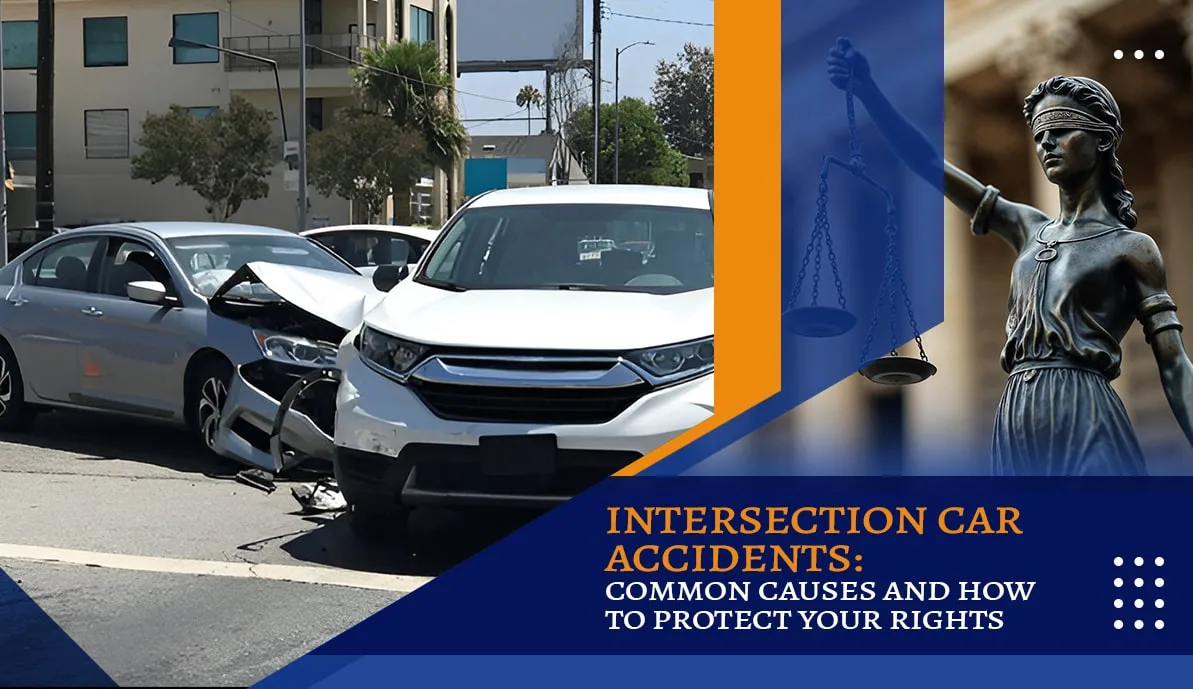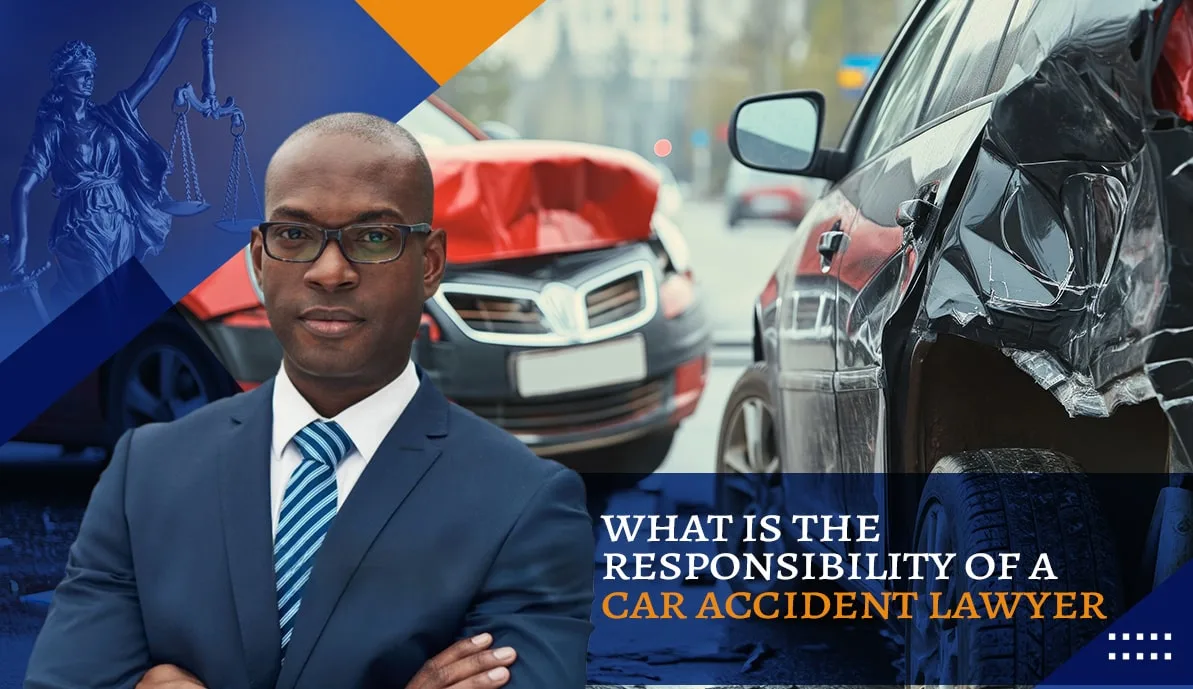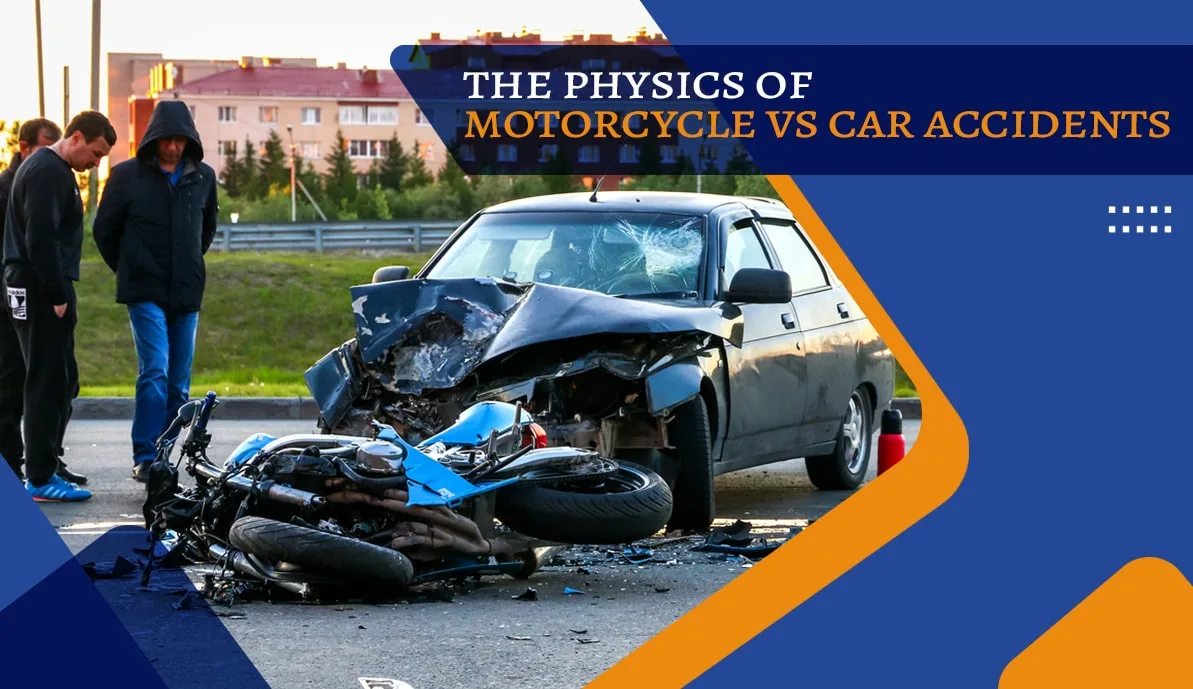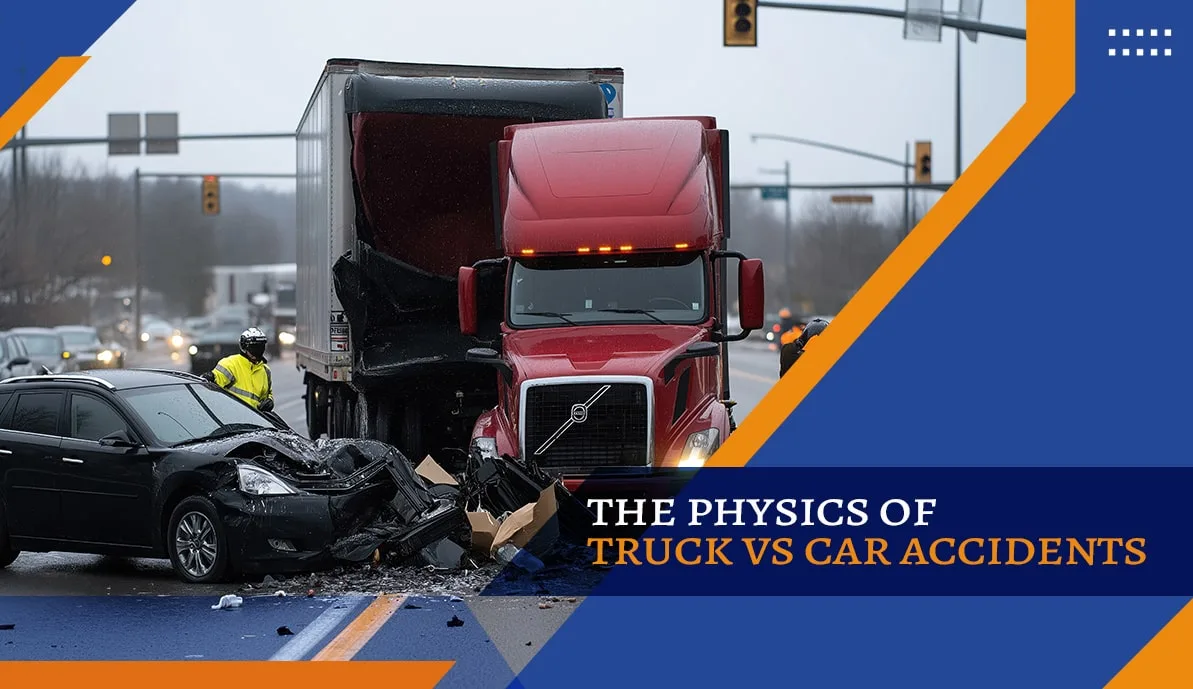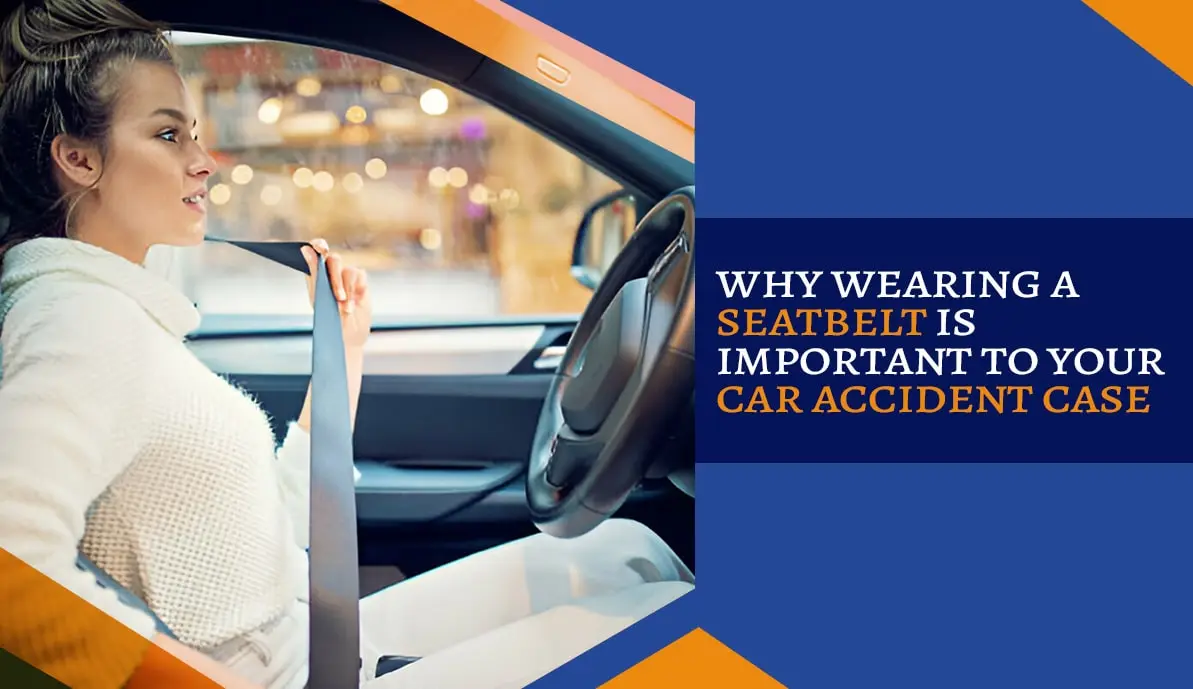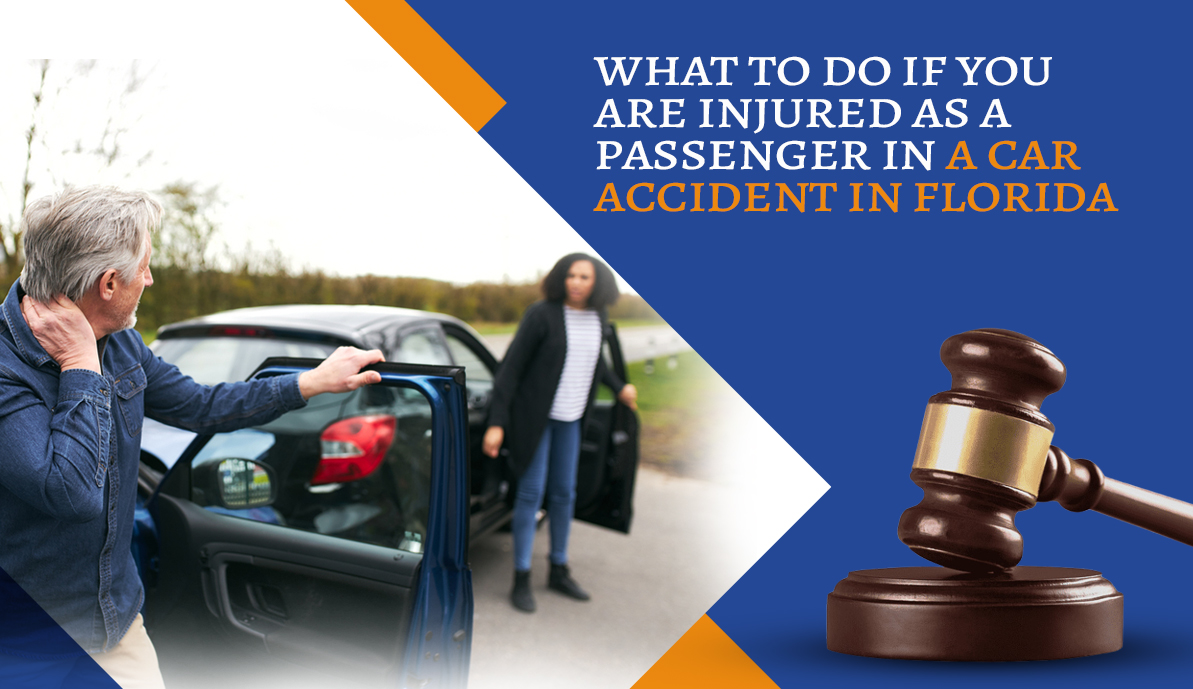Motor vehicle accidents can cause serious injuries and mental trauma, affecting the overall quality of your life. We understand how overwhelming it feels for you or your loved ones to deal with such a situation with no fault of yours own. At Abercrombie, P. A., we have extensive experience dealing with the various intricacies and challenges of personal injury lawsuits. For instance, it is crucial to determine the liability in any car, truck, or other motor vehicle accident, as it directly impacts your compensation claim.
How does our motor vehicle accident attorney prove liability in a personal injury lawsuit? That, too, was a car accident case.
Continue reading to learn more.
What to Do After a Car Accident?
Knowing what to do after a car accident can help save lives and make the claim process much more manageable. Some of the key steps to take after a car accident are as follows:
- Check for injuries and move to a safer place.
- Dial 911 and report the incident to the police.
- Collect as much information as possible.
- Report the accident to the insurance companies.
- Understand your legal process before starting the claim process.
Meanwhile, if you are unsure about the process of a compensation claim, consult our legal representatives during a free consultation. We guide you step-by-step throughout the entire legal process, from filing papers to gathering evidence, proving liability, and dealing with the opposing parties. We do everything in our power to help you get fair compensation after a car accident.
Understanding the Concept of Fault and Liability in Car Accidents
Fault vs. Liability
Although these terms are used interchangeably, they are different and have closely related meanings. Fault is a concept that applies to individuals who are to be blamed for the accident. Liability refers to the party responsible for paying. In most motor vehicle accidents, a driver is at fault, or the insurance company is liable for damages.
How Does No-Fault Relate to Car Insurance?
Under Florida’s no-fault insurance law, drivers can turn to their insurance companies regardless of who caused the accident. This means no matter who gets hit, they can turn to their car insurance—the driver, a passenger, or someone walking on the sidewalk who gets hit by a car—they would all turn to their insurance companies first.
Florida, along with the other no-fault states, requires drivers to carry a $10,000 PIP (Personal Injury Protection) policy. This blanket coverage is intended to protect drivers in case of minor accidents.
When At-Fault Matters in Florida Car Accidents
Although no-fault covers minor accidents, determining who is at fault in a car accident is essential when:
- Medical expenses exceed your personal injury protection (PIP) limits.
- The accident resulted in significant property damage.
- You suffer permanent injuries, disfigurement, or disability. It is only applicable when your injuries exceed a certain limit.
In these cases, you may pursue a claim against the at-fault party’s insurance to recover additional damages. It means that the responsible driver must pay for damages or at least a percentage of them, and every state that employs this method has its own way of determining exactly how to calculate fault.
Key Elements of Liability
Let us break down the four key elements that help our lawyers determine the success of your personal injury lawsuit:
1. Duty of Care
It refers to the duty of the defendant to protect the plaintiff from harm. For example, every driver has the responsibility to obey traffic rules while driving, ensure their vehicle safety equipment is maintained, and remain alert while driving. If the driver fails to carry out their sense of duty, they becomes responsible for the accident.
2. Breach of Duty
When a driver does not operate their vehicle safely, it refers to a breach of their duty to care for others. For instance, when the liable party is responsible for driving their vehicle while texting, operating other electronic devices, or under the influence of alcohol or drugs, it shows their irresponsibility to drive safely.
3. Causation
To build a strong case, our car accident lawyers need to prove the defendant’s breach of duty. The evidence shows the liable party’s responsibility or partial responsibility for causing the accident.
4. Damages
It refers to the harm caused by a motor vehicle accident. Our legal representatives calculate the monetary and non-monetary harm caused by the accident. This includes your medical expenses, lost wages, pain and suffering, vehicle damage, and others.
Evidence Used to Determine Fault in a Florida Car Accident
At Abercrombie, P.A., we gather evidence to determine who is at fault in a car accident. It involves analyzing various factors such as –
- Police reports to determine who is at fault in a car accident
- Evidence of a traffic violation strengthens the case against the at-fault driver.
- Witness testimonies provide significant insights into how the accident took place.
- Accident reconstruction is essential to determine who is at fault in a car accident.
- Video evidence can provide indisputable evidence of fault.
Unfortunately, many drivers and passengers involved in a car accident often give conflicting accounts, usually in their favor. Therefore, our lawyers corroborate evidence to establish faults in a car accident.
Don’t Pay for Others’ Faults
If you are wondering who is at fault in a motor vehicle accident, don’t leave your case to fate. Contact our legal representatives to fight for your case and ensure you receive the justice and compensation you’re entitled to.

